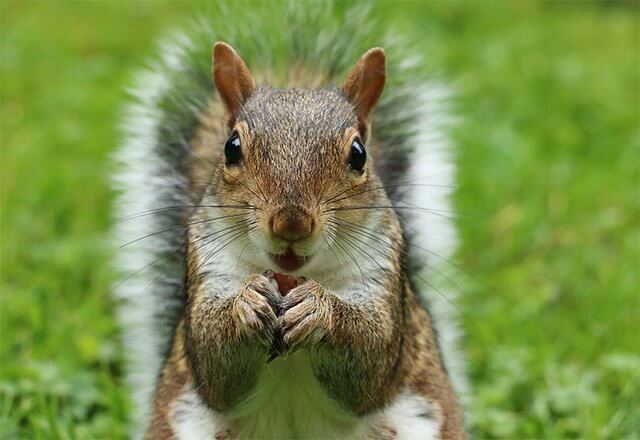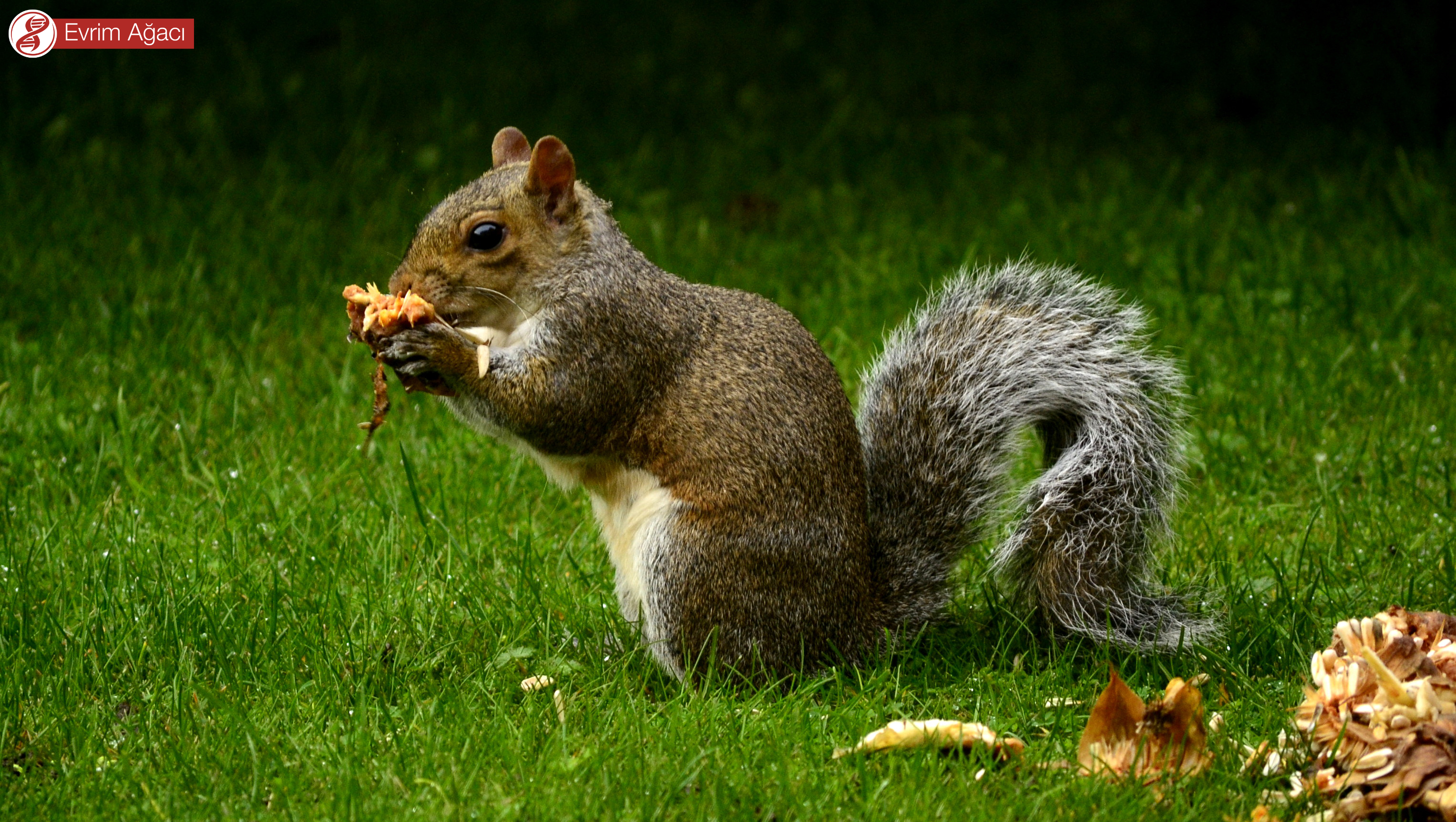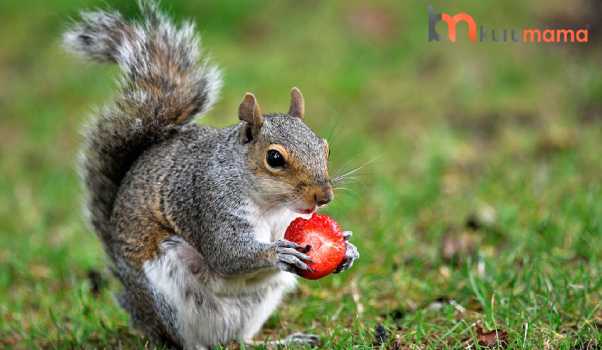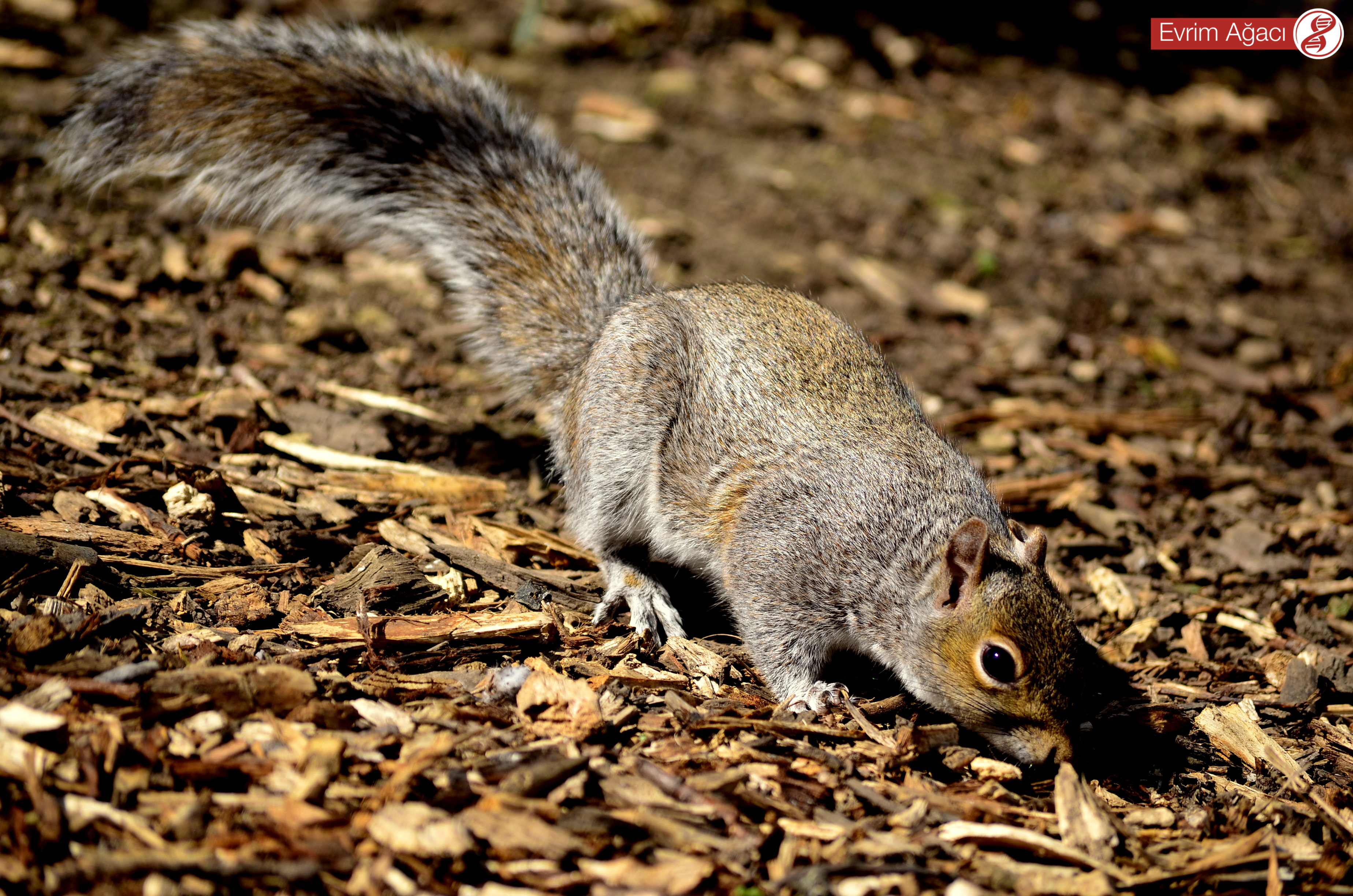The Adorable Squirrel: Exploring the World of Nature's Acrobats
The Adorable Squirrel: Exploring the World of Nature's Acrobats
Abstract:
Squirrels, with their boundless energy and acrobatic feats, have charmed humans for generations. This article offers a comprehensive exploration of squirrels, covering their taxonomy, anatomy, behavior, habitat, diet, and ecological significance. From their nimble movements to their vital role in forest ecosystems, squirrels continue to captivate and amuse people around the world. Through this detailed investigation, we aim to shine a light on the fascinating lives of these charismatic rodents.
1. Introduction:
Squirrels, members of the family Sciuridae, are known for their lively demeanor and bushy tails. This introductory section provides an overview of squirrels, highlighting their evolutionary history and diverse adaptations.
2. Taxonomy and Classification:
Squirrels are classified into several genera and species within the family Sciuridae. This section explores the taxonomy and classification of squirrels, discussing their genetic relationships and geographic distribution.
3. Anatomy and Morphology:
The anatomy of squirrels is specialized for an arboreal lifestyle, with adaptations for climbing, jumping, and foraging. This section examines the physical characteristics that distinguish squirrels from other rodents, including their distinctive incisors and versatile tails.
4. Behavior and Social Structure:
Squirrels exhibit a wide range of behaviors, from territorial defense to caching food for winter storage. This section explores the behavior and social structure of squirrels, including their communication methods, mating rituals, and group dynamics.
5. Habitat and Distribution:
Squirrels are found in various habitats worldwide, including forests, grasslands, and urban areas. This section discusses the habitat preferences and geographic distribution of squirrel species, highlighting their ability to adapt to diverse environments.
6. Diet and Feeding Behavior:
As omnivorous rodents, squirrels have a diverse diet that includes nuts, seeds, fruits, insects, and fungi. This section examines the feeding behavior and dietary preferences of squirrels, as well as their role as seed dispersers in forest ecosystems.
7. Reproduction and Life Cycle:
The reproductive cycle of squirrels is closely tied to seasonal changes and resource availability. This section details the reproductive anatomy, mating behavior, gestation period, and parental care of squirrels.
8. Ecological Role and Conservation:
Squirrels play a vital role in ecosystem dynamics as seed dispersers and prey for various predators. This section explores the ecological significance of squirrels and discusses conservation efforts aimed at protecting their populations and habitats.
9. Cultural Significance:
Squirrels have long been depicted in art, literature, and folklore as symbols of agility, resourcefulness, and curiosity. This section examines the cultural significance of squirrels in different societies, including their portrayal in myths and legends.
10. Human Interaction and Conflict:
Despite their endearing qualities, squirrels can sometimes come into conflict with humans, particularly in urban areas where they may damage property or raid bird feeders. This section discusses human-wildlife interactions and strategies for managing squirrel populations in urban environments.
11. Conclusion:
Squirrels are fascinating creatures that play a crucial role in maintaining healthy ecosystems and delighting observers with their playful antics. By understanding and appreciating the unique characteristics and behaviors of squirrels, we can foster a deeper connection with the natural world and promote conservation efforts to protect these beloved rodents.
Kaynakça
- ^ "Sciuridae". paleobiodb.org. 30 Temmuz 2021 tarihinde kaynağından arşivlendi. Erişim tarihi: 10 Ekim 2021.
























































